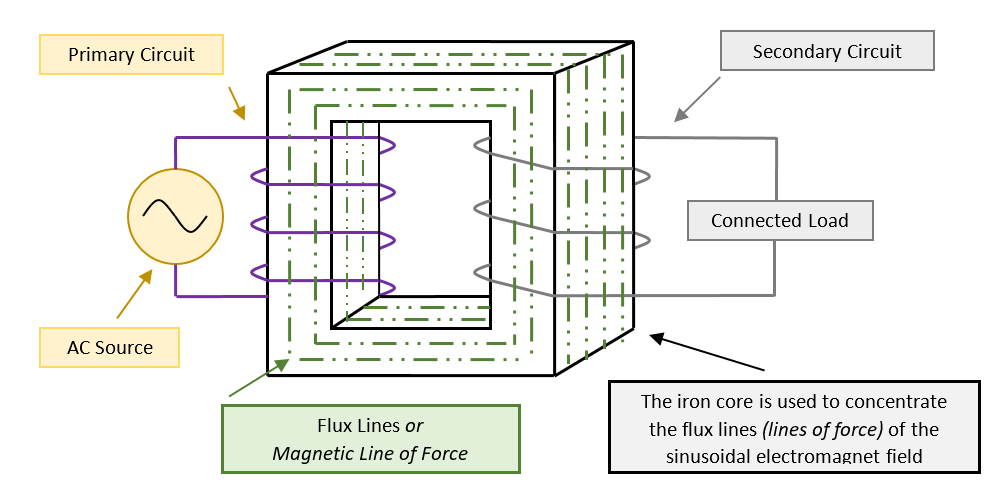So, good news and bad news. The good news is that I got my 12 awg extension cord, hooked up the new switch box, plugged it in (using the crappy old plug because the new one hasn't arrived yet) and ran the motor. It ran...perfectly. (Although there really wasn't any question of that since it ran perfectly when testing it at the previous owner's home. The only reason for my doubt is because I'm not confident in my electrical skills and was nervous about wiring the new switch box incorrectly).
Here's the bad news. That crappy old switch box unit I took out because it was gummy and non-responsive? Underneath that super friendly looking responsive face of the Powertec switch box you see on the jointer now is...the same exact gummy and non-responsive unit. So the non-responsiveness of the unit originally on the jointer wasn't a symptom of age, but bad design. As you can see, I've got a very specific space to put the switch box in, so if all these third party switch boxes have the same unit in them, what do I do?
I'm never going to be okay with a powerful and dangerous power tool having a poor responsive switch on it. That's a total nonstarter.
View attachment 67450006
View attachment 67450007





